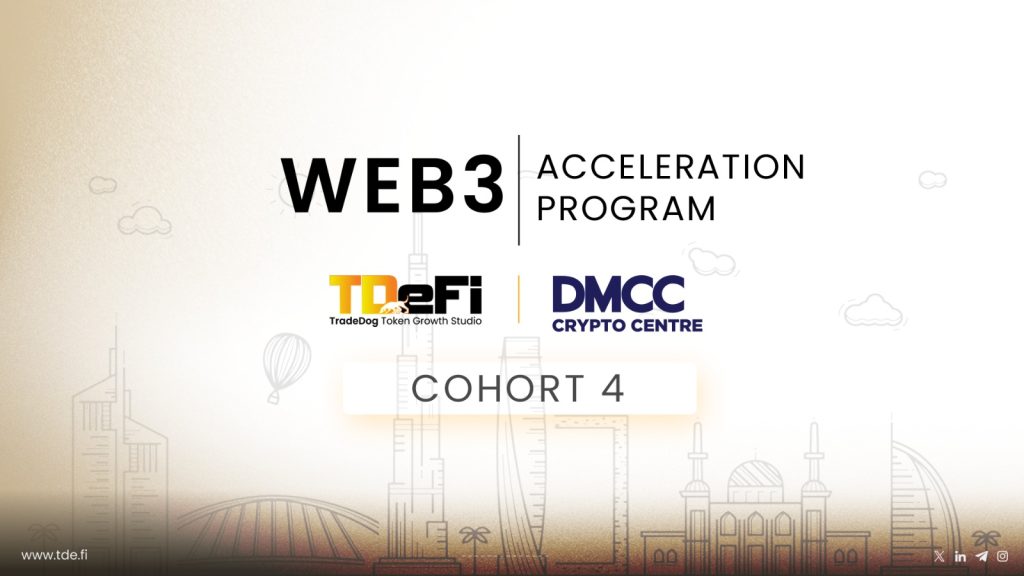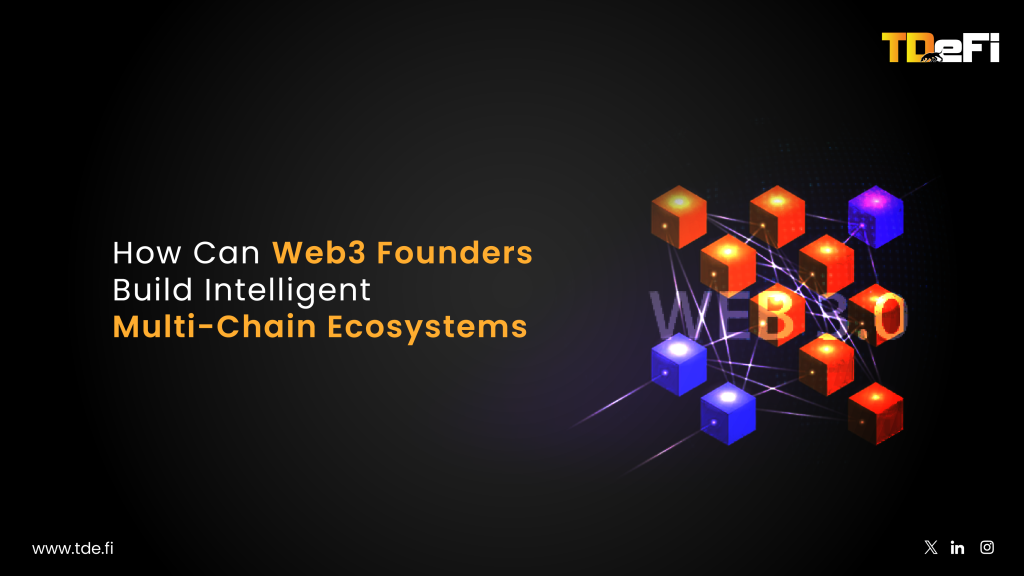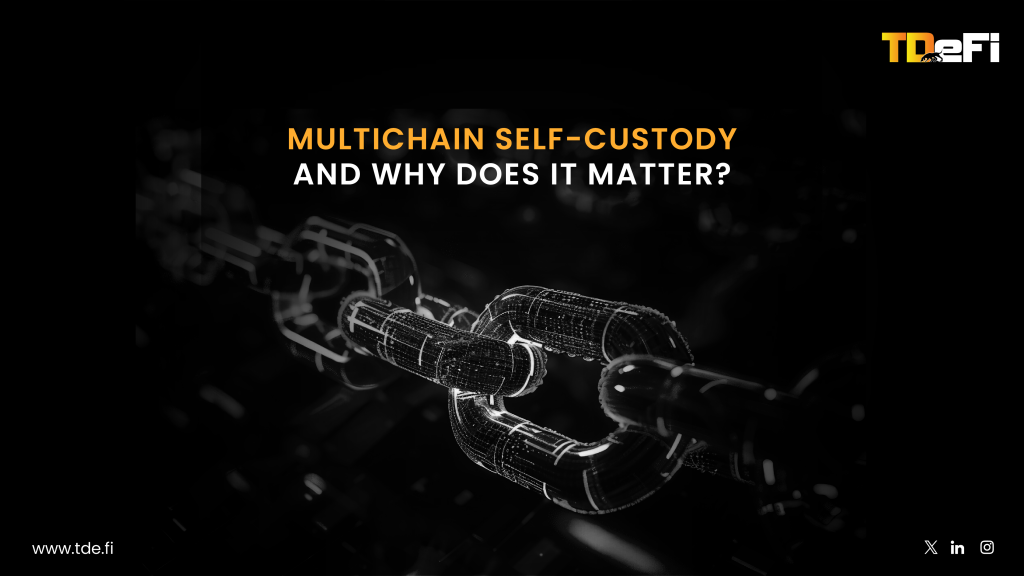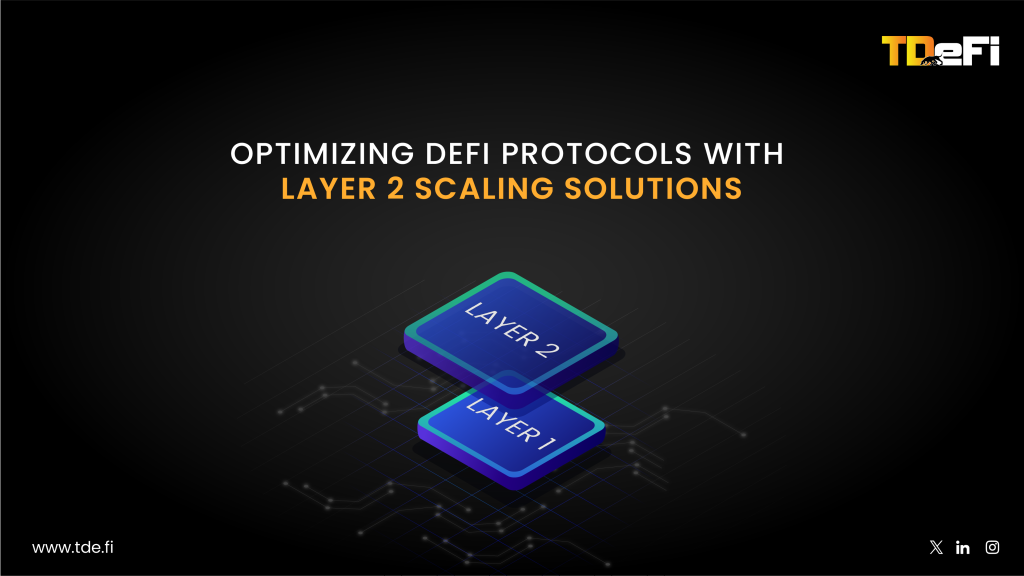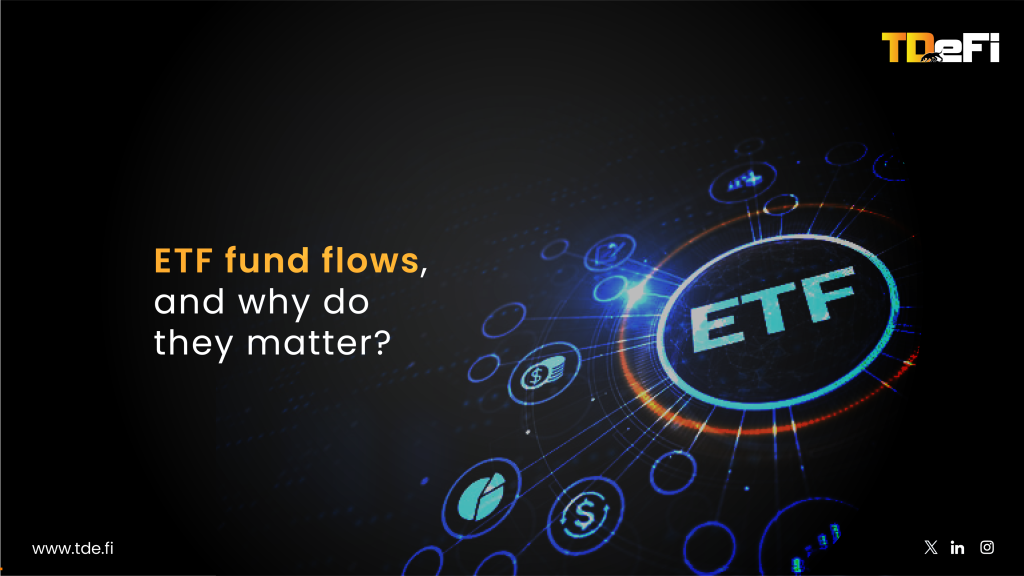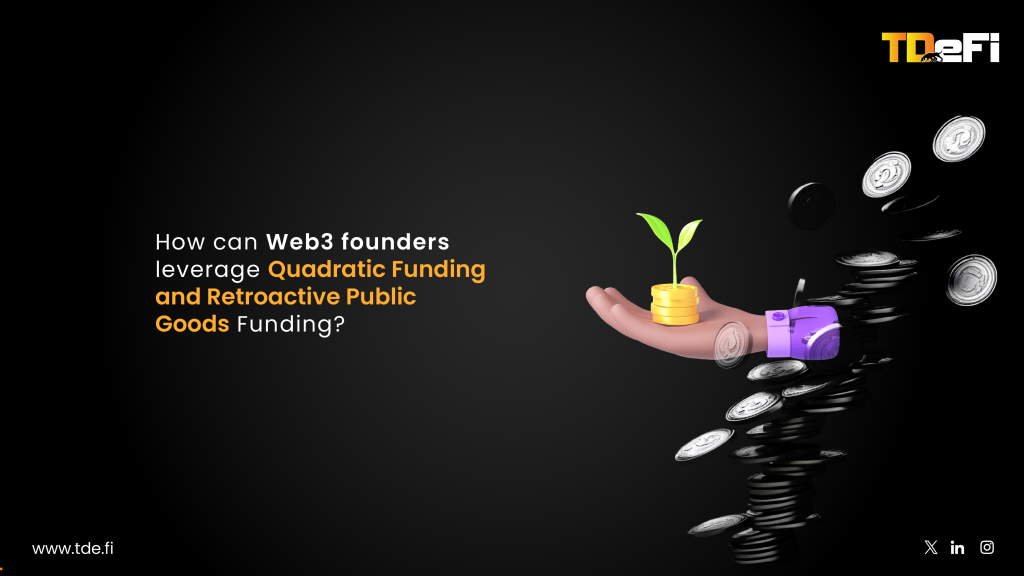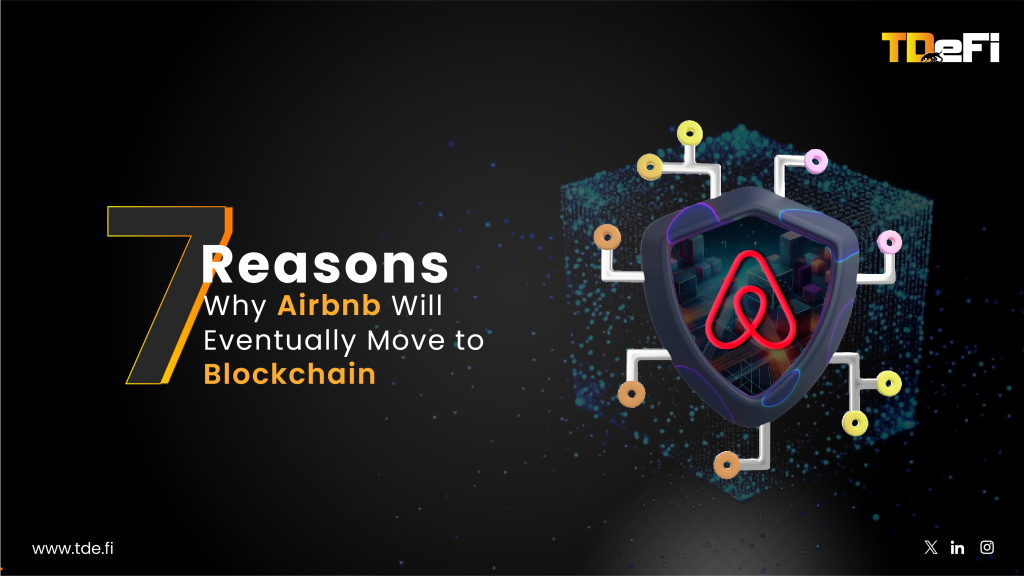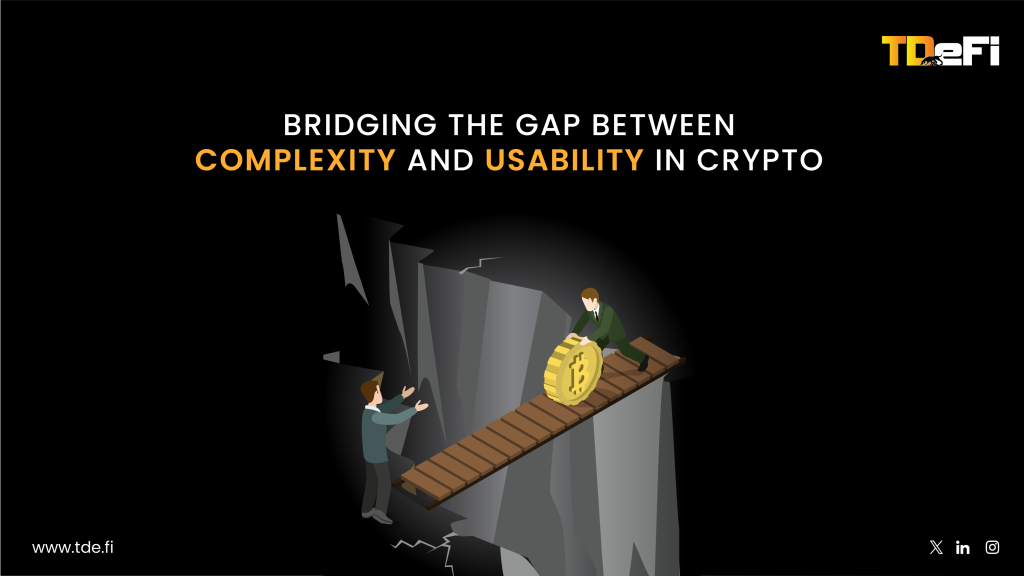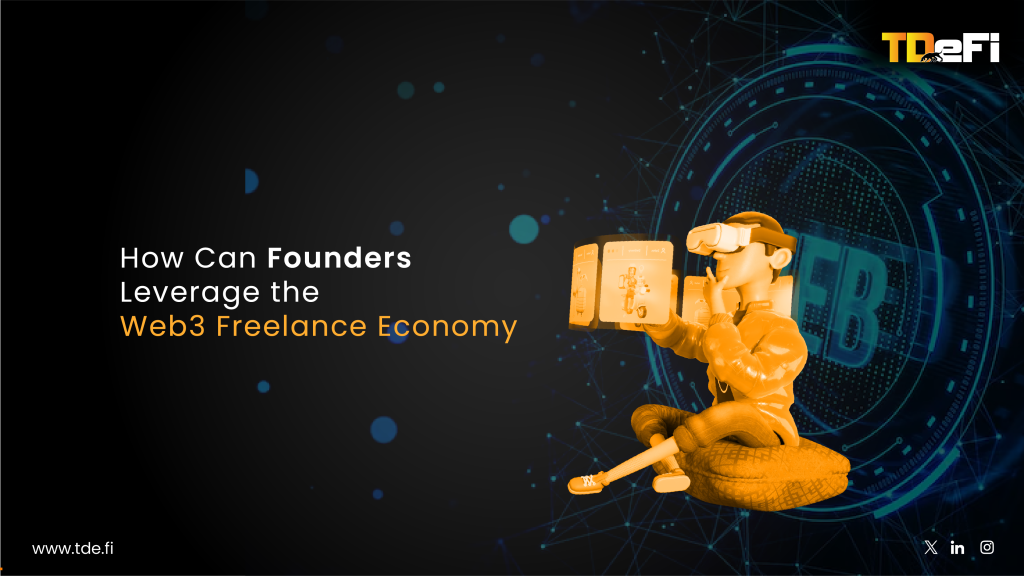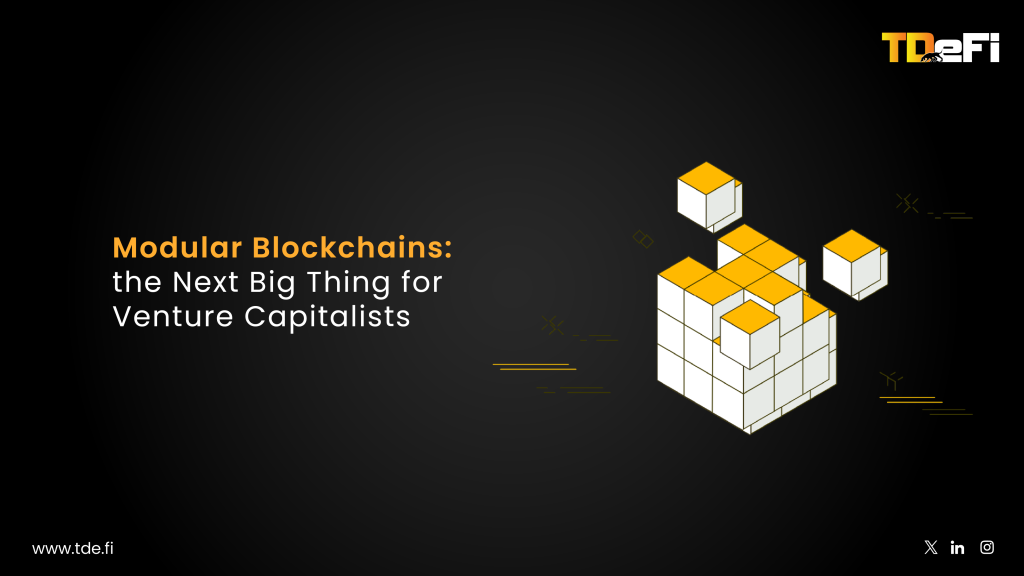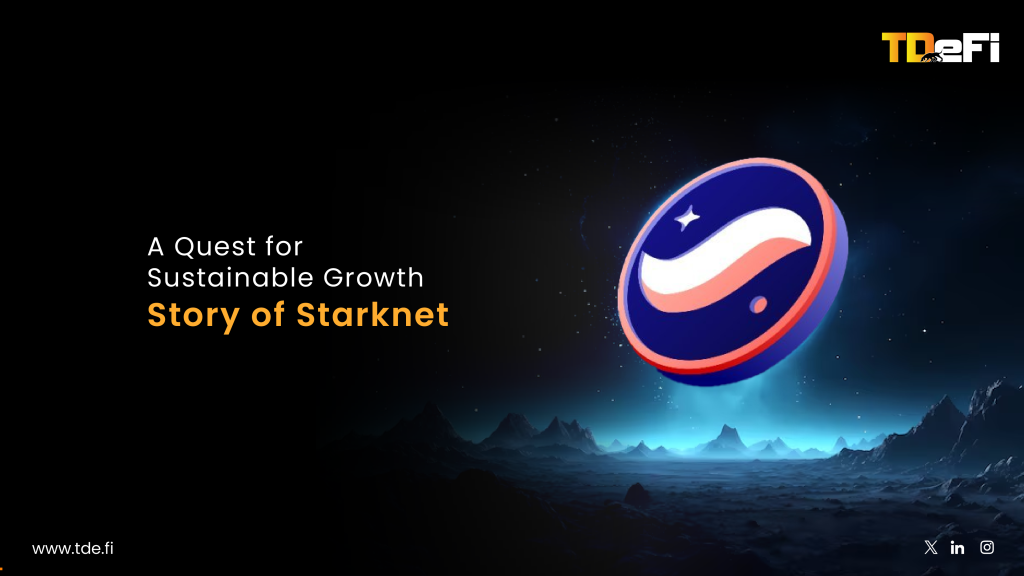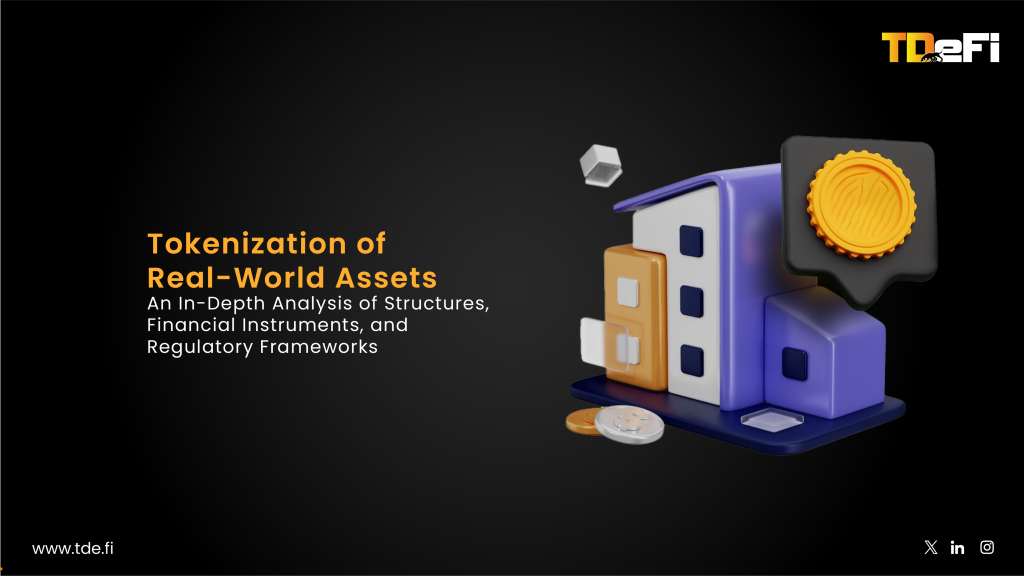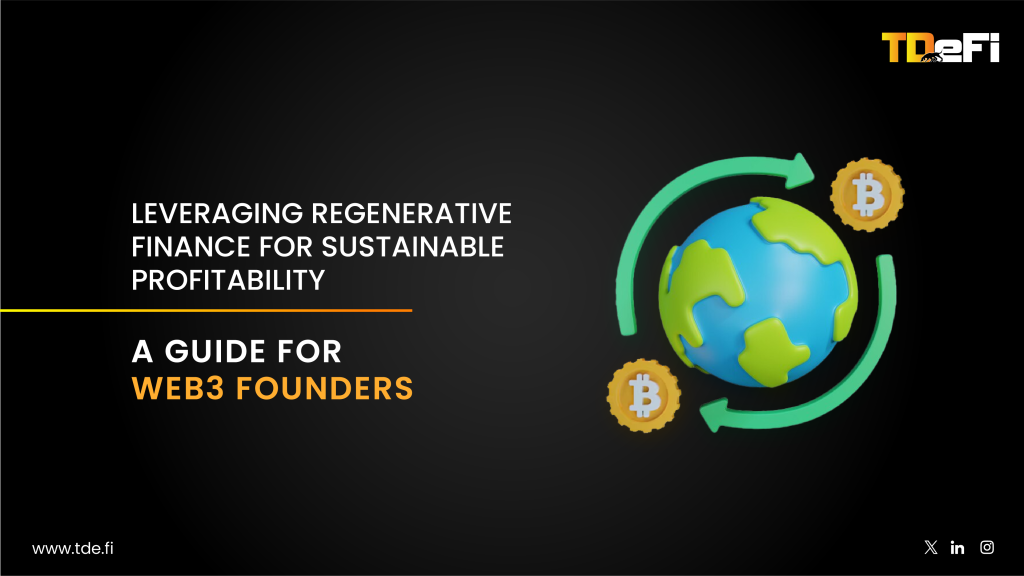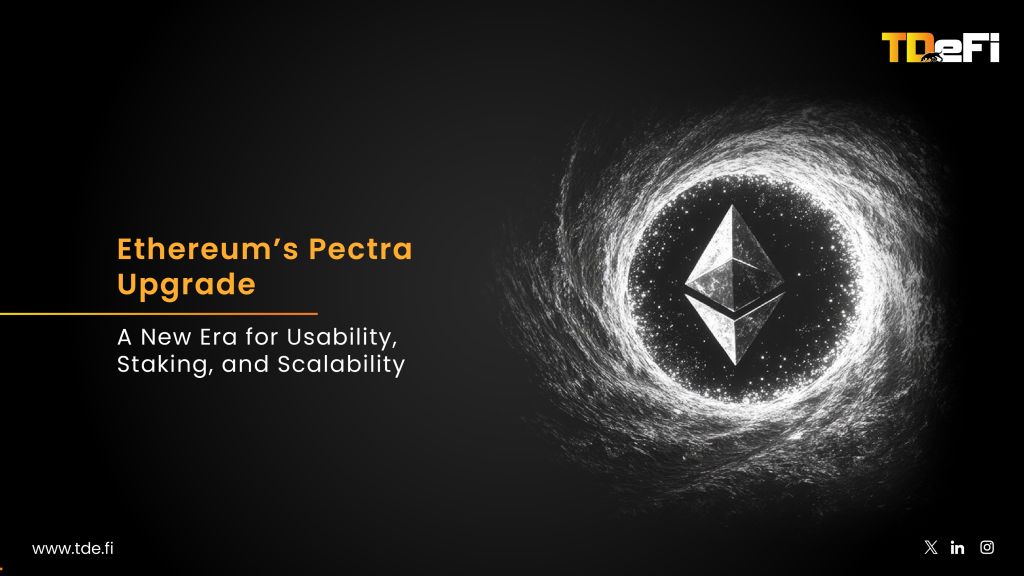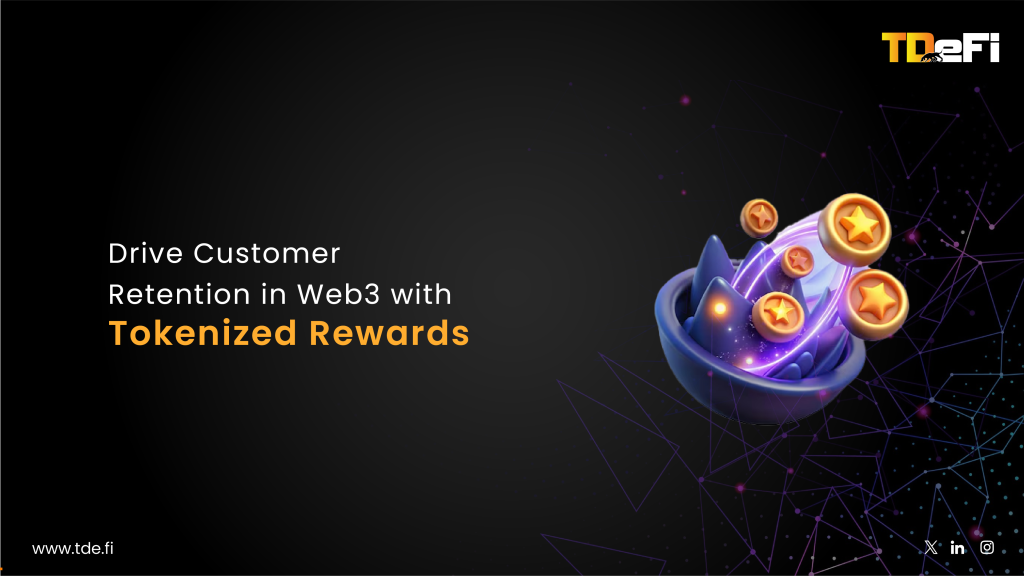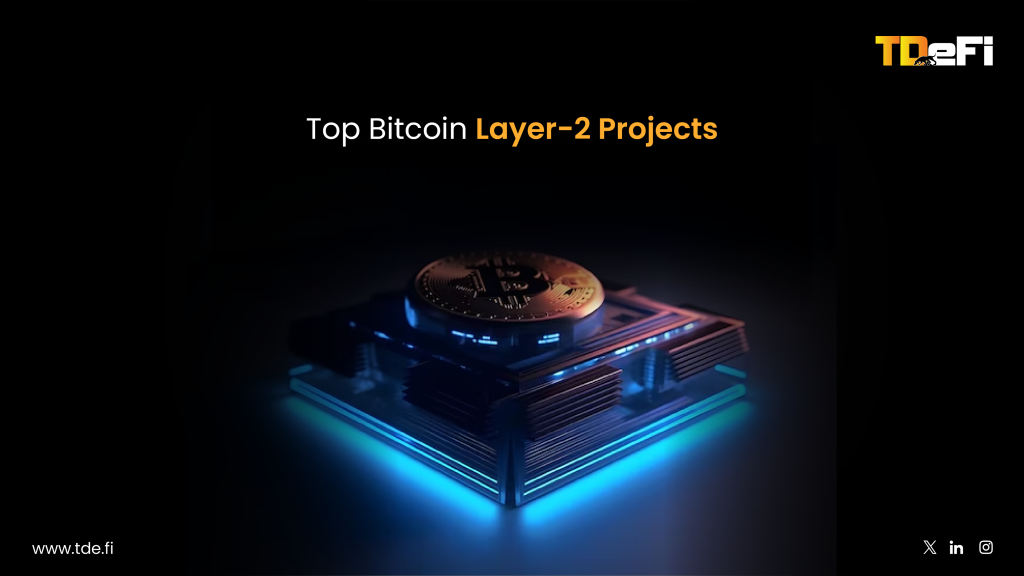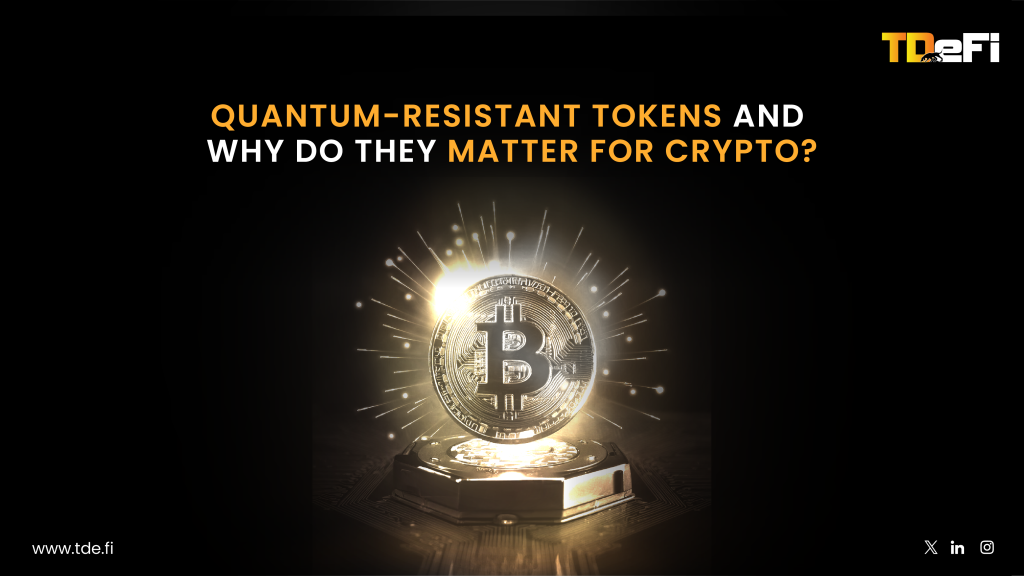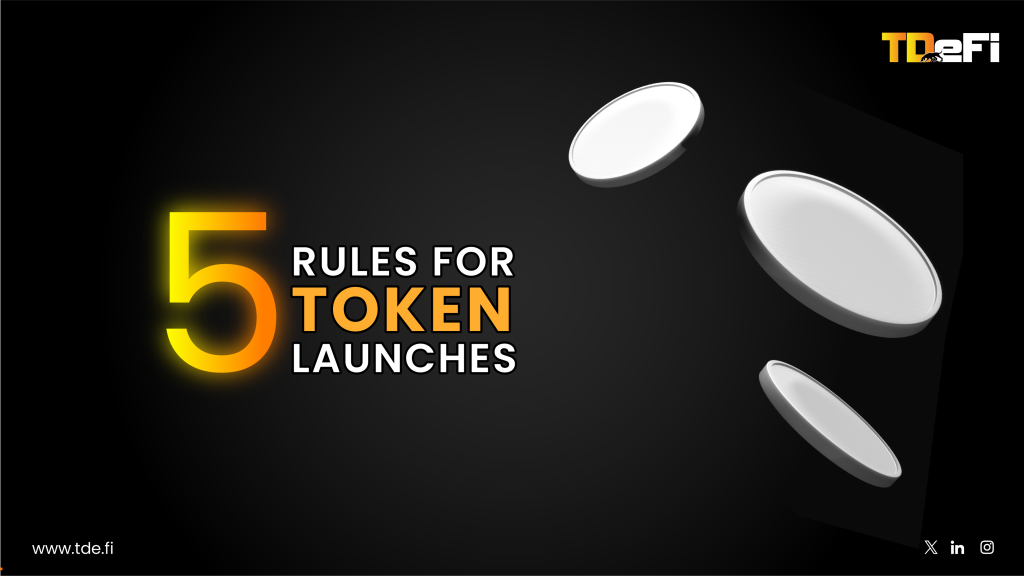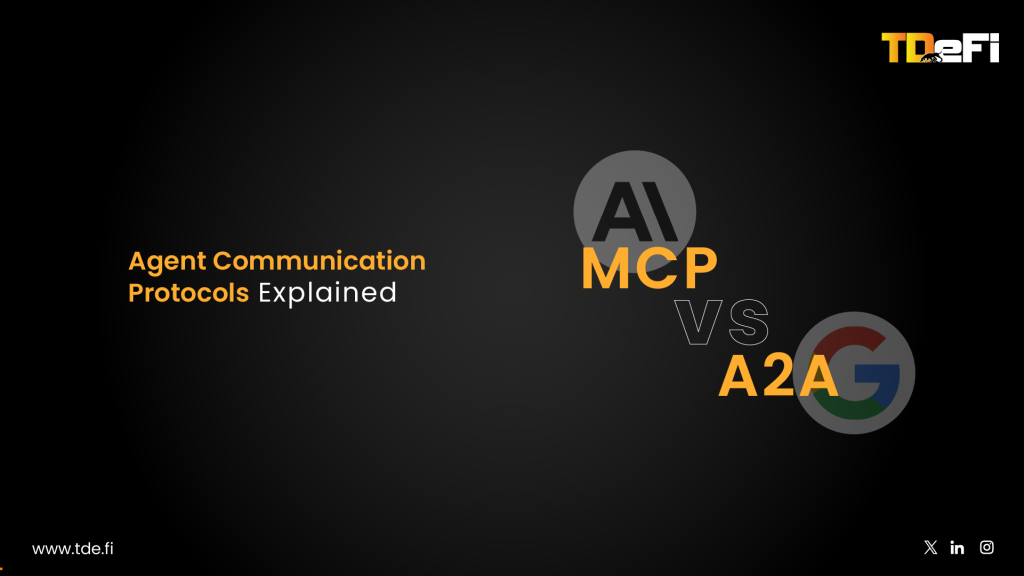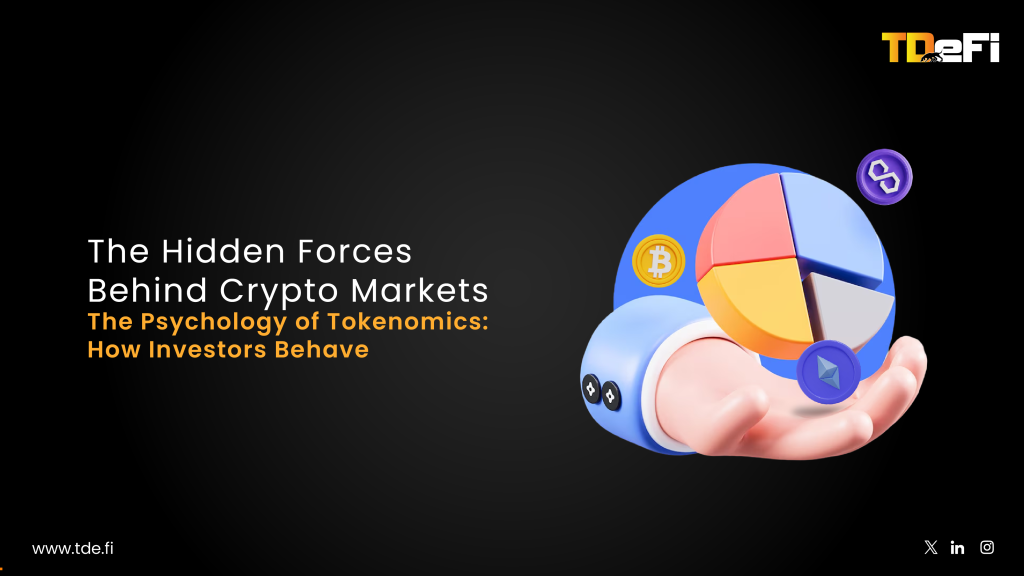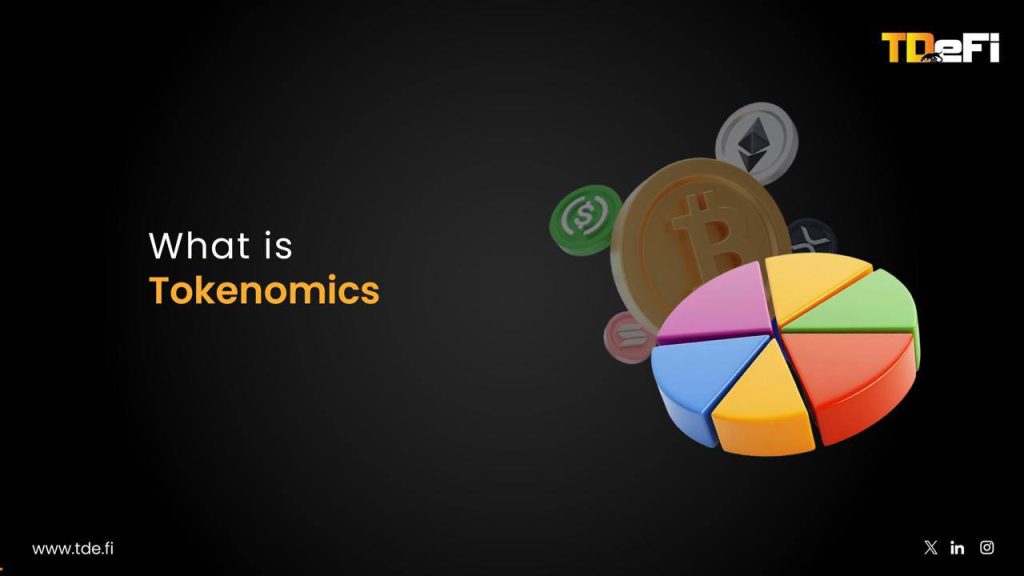TL;DR
Game theory is the design language of the new internet. Every staking contract, DAO proposal, and token emission is a move in a high-stakes game where the rules are written in code and the stakes are trust, value, and longevity. If you want to build a protocol that endures, you need to ace the art of incentive design to attract users, align, retain, and empower them. This blog explores how founders can build self-sustaining incentive structures by understanding core game theory principles. We’ll break down zero-sum vs positive-sum dynamics, dive deep into mechanism design and learn from real-world examples.
Why Game Theory Matters
Web3 is a laboratory for incentive engineering. Unlike Web2, where platforms extract value from users, Web3 protocols are open economies where every participant is both player and stakeholder. Here, game theory is not a metaphor, but the layout.
The best Web3 founders know that every protocol is a game, and every user is a strategist. If you don’t design for this, you’re not building a protocol, but building a honeypot for mercenaries and exploiters. The challenge is to make the best move for the individual and also the best move for the network.
Five Game Theory Principles Every Web3 Architect Must Internalize
1. Nash Equilibrium: The gold standard for protocol stability. In a Nash equilibrium, no participant can improve their outcome by unilaterally changing their strategy. In DeFi, this means if everyone’s yield is fair and risk-adjusted, no one defects to a rival protocol. The best systems make staying the rational choice.
2. Zero-Sum vs. Positive-Sum: Airdrop hunters and mercenary capital create zero-sum games—one user’s win is another’s loss. But sustainable protocols are positive-sum. Every new participant increases value for all. Optimism’s retroactive funding is a masterstroke here, rewarding those who build, not just those who speculate.
3. The Prisoner’s Dilemma: If validators can collude to reorg blocks for profit, your system is broken. Great game design punishes betrayal and rewards cooperation at the protocol level, not just the social layer. This is existential risk management, not theory.
4. Mechanism Design: Reverse game theory. Instead of predicting behavior, you set the rules so the right move is the most rewarding. Compound’s liquidity mining made supplying capital the dominant strategy, not just a speculative play.
5. Multi-Stage Games: DAOs are not one-shot auctions, but evolving, multi-stage games. Power and trust shift over time. Synthetix’s move from open inflation to capped supply is a lesson: incentives must adapt as the network matures, or risk collapse.
Designing Smart Incentive Structures
When you build a Web3 protocol, you’re drafting a constitution. Every parameter, every reward, every slashing condition is a line in the social contract between your network and its users. It all boils down to the real question founders keep asking, “how do they make users want to stay, contribute, and defend what they’ve built together?”
That’s what smart incentive design solves. It’s about attracting the right users and giving them reasons to stay, contribute, and grow with your protocol.
Let’s unpack how to design incentive frameworks that drive real alignment.
1. Incentivizing Alignment, Not Just Activity
The first temptation of any Web3 founder is to chase numbers: TVL, DAUs, and Discord headcounts. But activity is not the same as alignment. The real challenge is to architect a system where the best move for the user is to stay, contribute, and defend—not just extract and exit. Ask yourself:
- Are your users financially and emotionally invested in the protocol’s growth, or are they mercenaries chasing the next yield farm?
- Does your system reward those who deepen the moat—providing liquidity, governance, code, and evangelism—or only those who game the system?
- Is there real skin in the game, or just a revolving door of speculators?
Example: Pendle Finance’s veToken model rewards users who lock liquidity for longer periods, shifting the game from short-term extraction to compounding value. This is not just about higher APYs—it’s about building a culture of long-termism and mutual investment
2. Building a Layered Incentive Stack
A strong incentive structure is never one-dimensional. The most resilient protocols design incentives as a multi-layered stack:
a. Base Layer – Financial Yield
This is the initial magnet; staking rewards, liquidity mining, referral bonuses. These mechanisms bootstrap early traction but are not enough to build a durable community.
b. Contribution Layer – Reputation and Access
Once users are in, how do you reward meaningful participation? Platforms like Karma and SourceCred track off-chain and on-chain contributions—be it code, governance, or support. The more value someone adds, the more influence and access they earn within the protocol.
c. Governance Layer – Influence and Ownership
True alignment comes when contributors help steer the ship. Whether through DAOs, veTokens, or council models, governance rewards those who are invested for the long haul—not just financially, but directionally.
3. Designing for Different User Time Horizons
Not every user is the same, nor should they be treated as such. Your incentive design should reflect this diversity:
- Short-Term Builders: Reward milestone-based bounties, quests, and micro-engagements. Platforms like Galxe, Layer3, or Zealy help spark experimentation and lower onboarding friction.
- Mid-Term Contributors: Vesting, contributor NFTs, or seasonal grants for those who consistently add value.
- Long-Term Marshals: veToken models (Curve, Balancer), quadratic voting, and protocol revenue sharing for those who become the backbone of your ecosystem.
A well-structured system ensures each persona is recognized and rewarded at their level of contribution and risk tolerance
4. Preventing Perverse Incentives
Unchecked incentives are a siren song for sybils and mercenaries. Over-inflated rewards breed unsustainable emissions; low participation bars invite spam; whale-dominated governance alienates your core. The best founders build in:
- Decay Mechanisms: Reduce rewards for repetitive or low-value actions.
- Reputation-Weighted Access: Limit high-impact decisions to proven contributors.
- Slashing & Cooldowns: Penalize bad behavior or exploitative farming.
Example: EigenLayer’s restaking model is powerful because it pairs reward with real downside risk—capital is only loyal when it has something to lose
5. Context Over Copy-Paste
It’s tempting to clone what worked for Curve or Arbitrum, but their models succeeded because they fit their unique context. Before adopting any incentive model:
- Audit your community’s real behaviors and motivations.
- Model incentive outputs using simulators like Gauntlet or BlockScience.
- Test in closed betas, simulate edge cases, and iterate relentlessly.
The right incentive model isn’t copied—it’s crafted, validated, and evolved for your protocol’s DNA
6. Emotional Incentives
Tokens and rewards are only half the story. The best protocols understand that incentives are also emotional. Make contributors feel seen—feature them in updates, reward with status and narrative, and wrap your incentive model in a mission that resonates. You’re not just distributing tokens; you’re inviting people into a movement
Final Thoughts
Smart incentive design is about why someone should care.
If you want to build a protocol that survives bear markets, retains contributors, and compounds value over time, don’t just hand out tokens. Design systems where every reward creates another reason to stay invested—intellectually, emotionally, and financially.
At TDeFi, we help founders map these incentive flywheels from zero to DAO. From tokenomics advisory to sustainable treasury design, and everything in between, we ensure your protocol isn’t just attractive, but also antifragile.
If you’re building in Web3 and want to get your incentives right from the start, or fix what’s broken before it’s too late, let’s talk.








